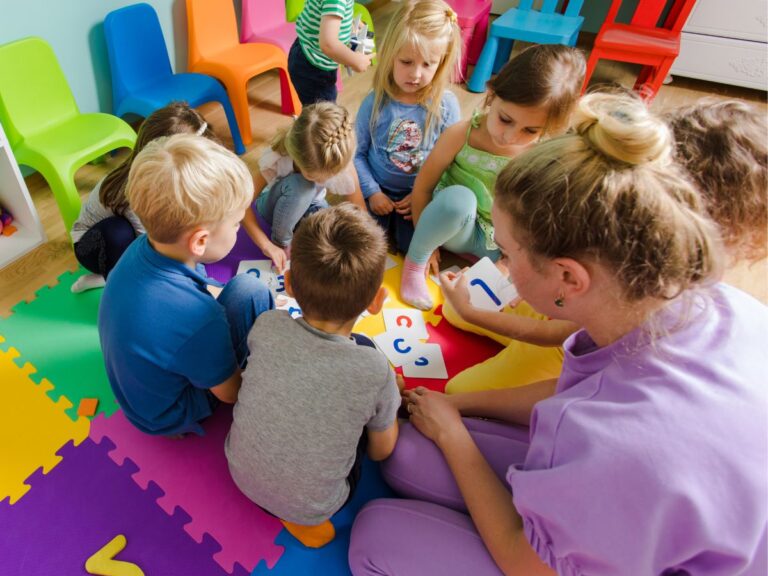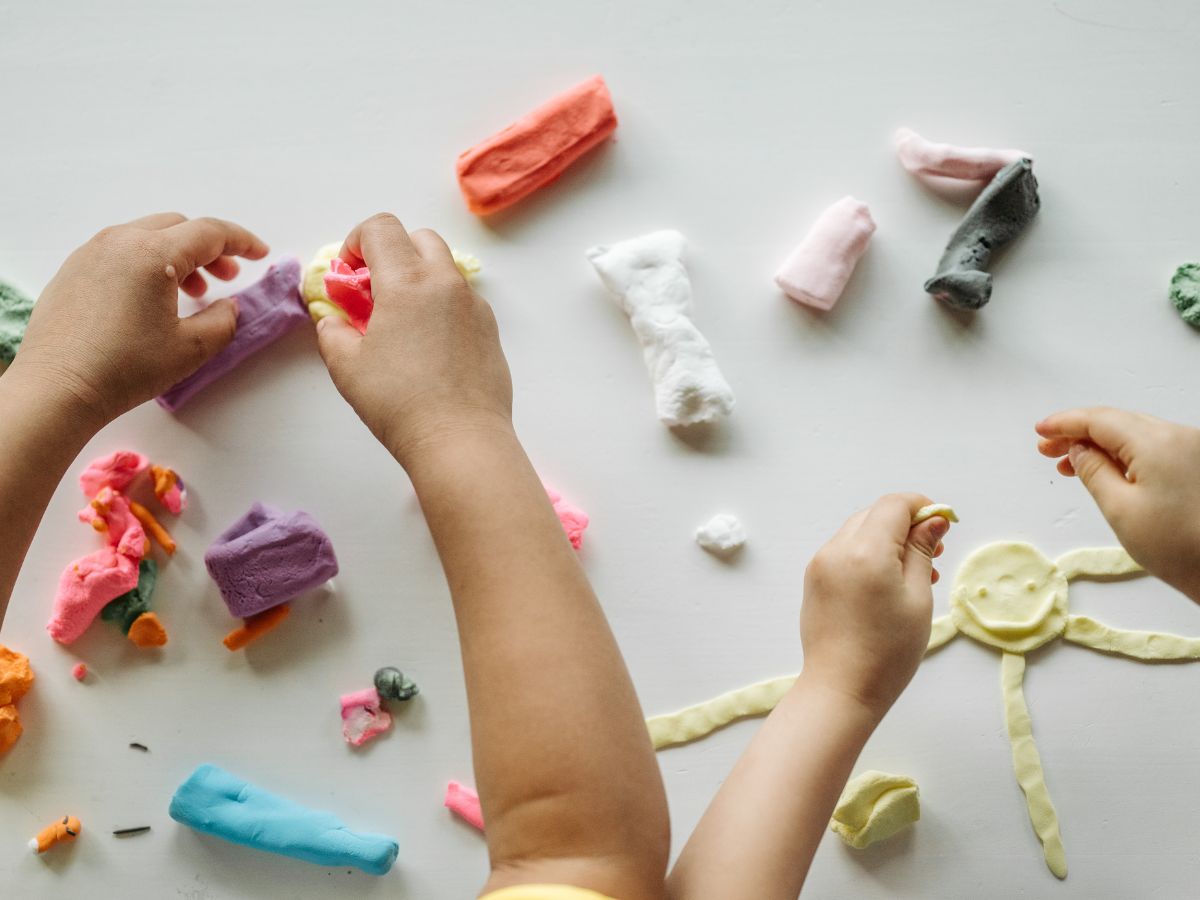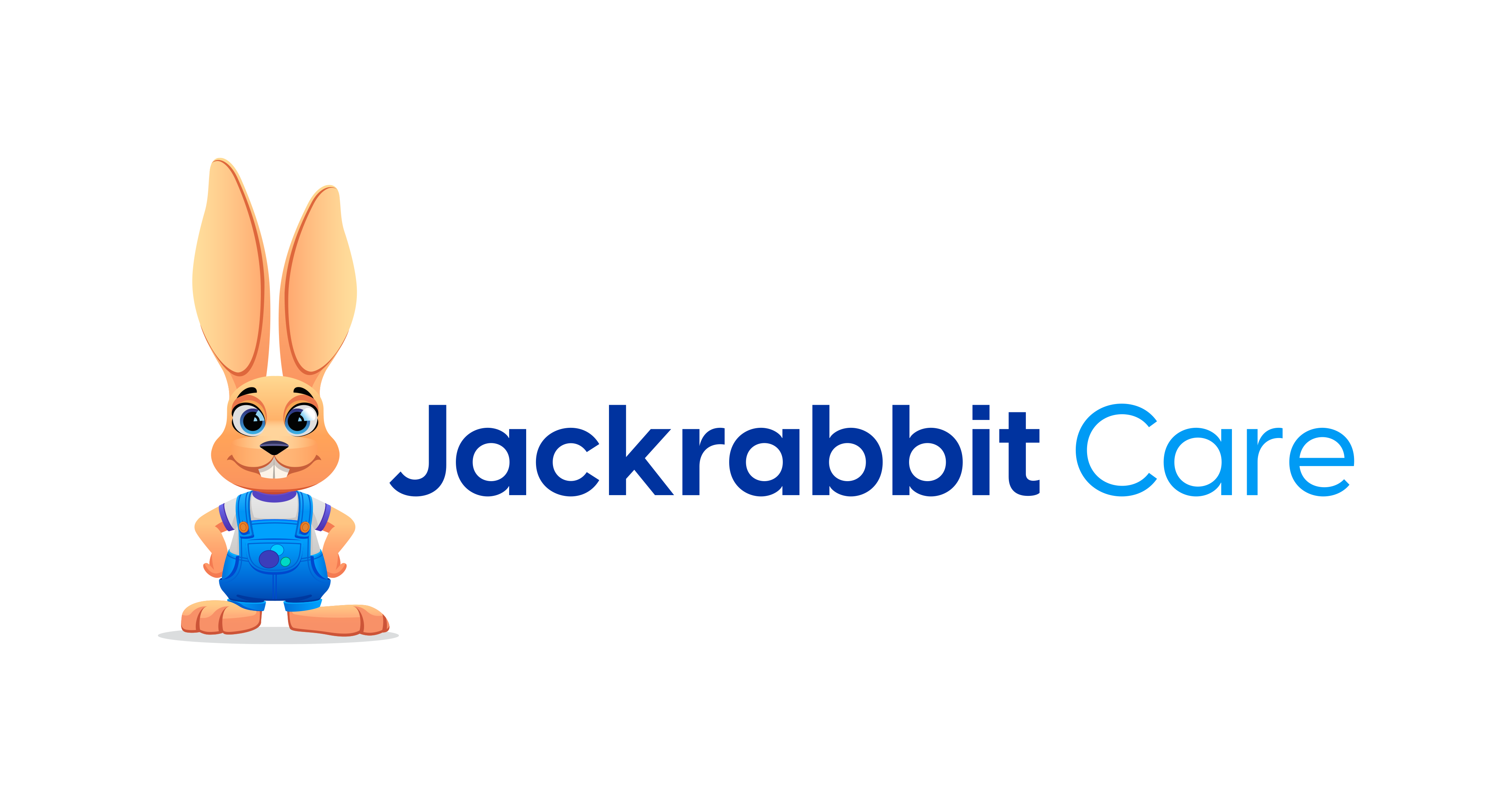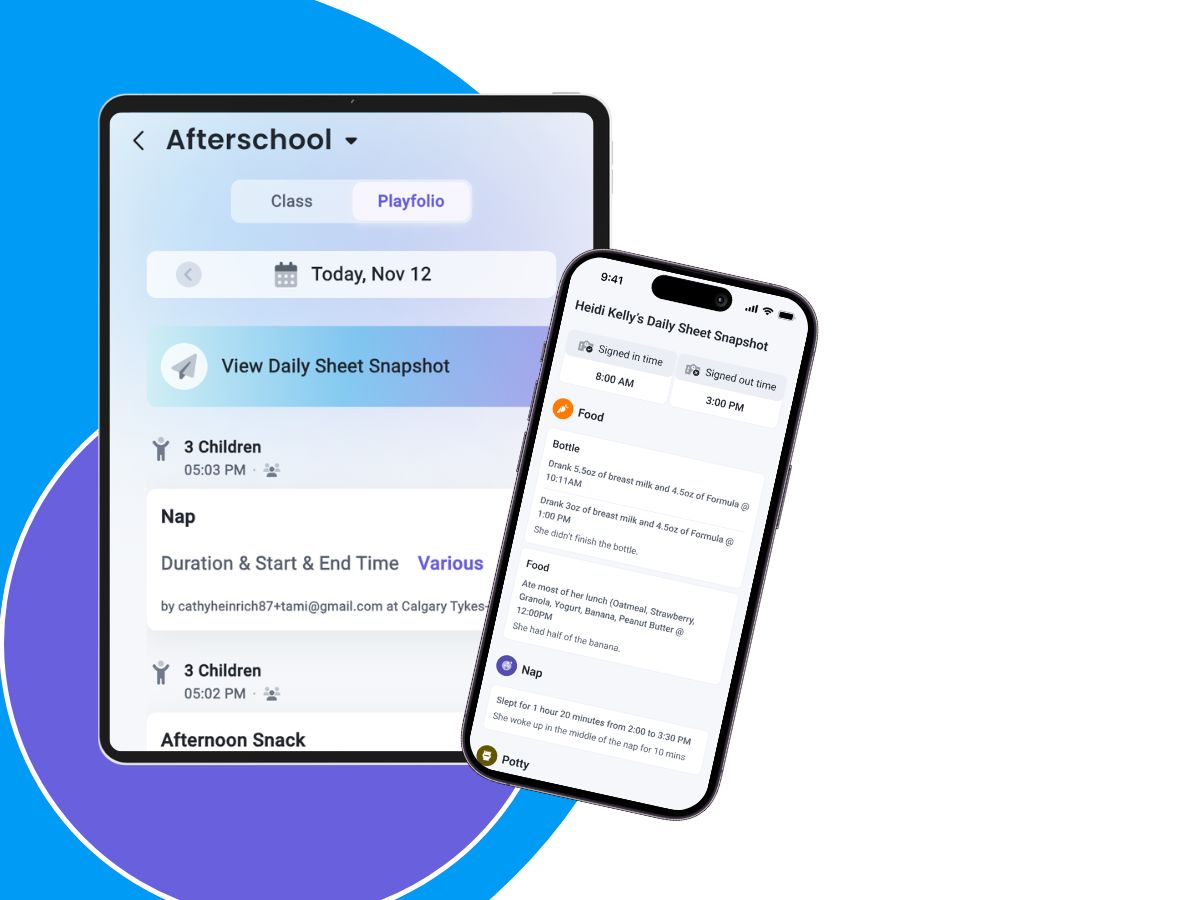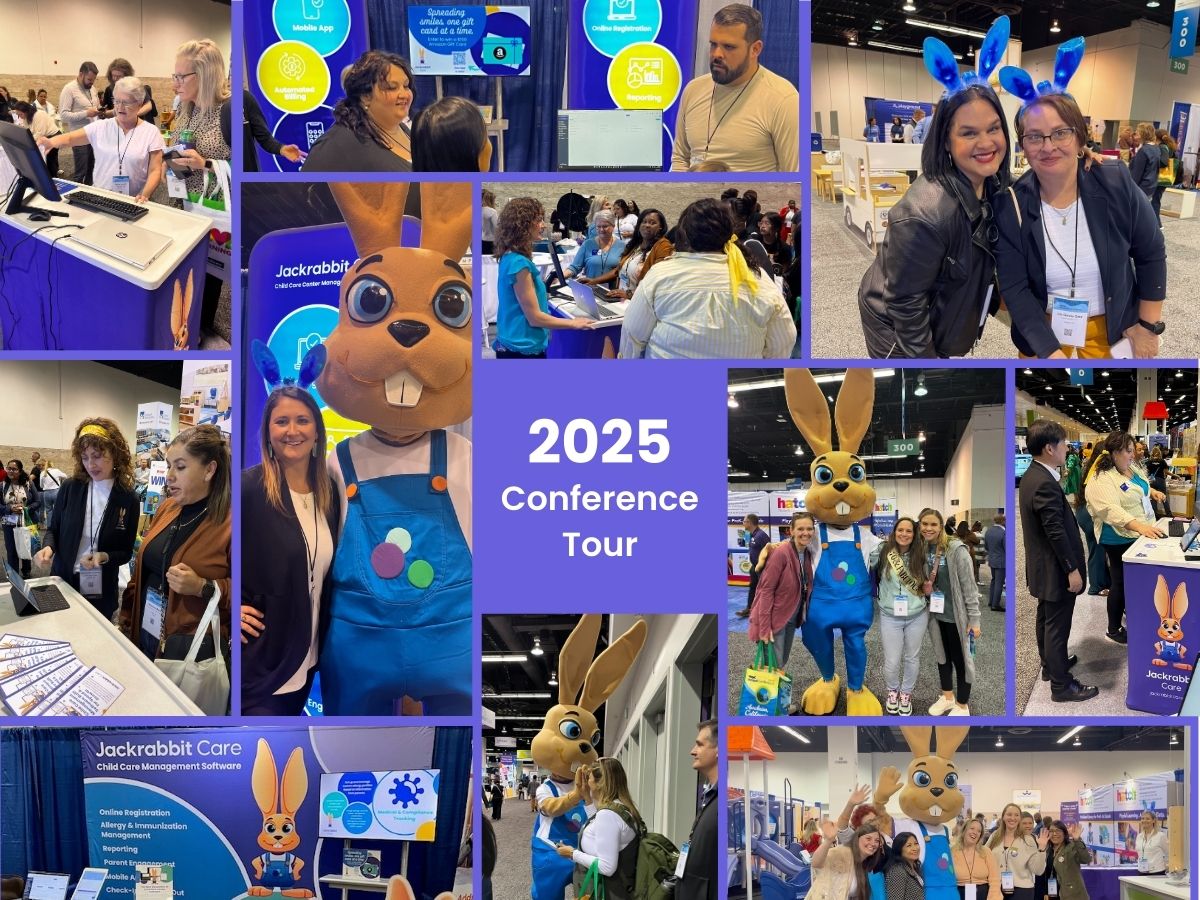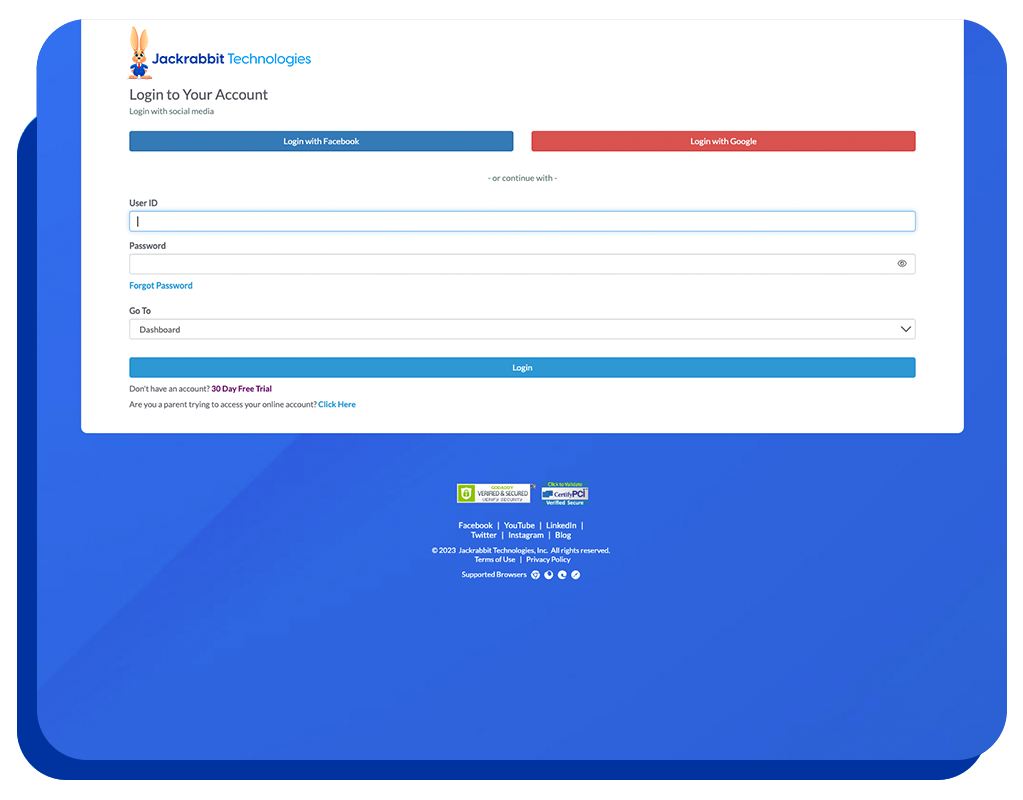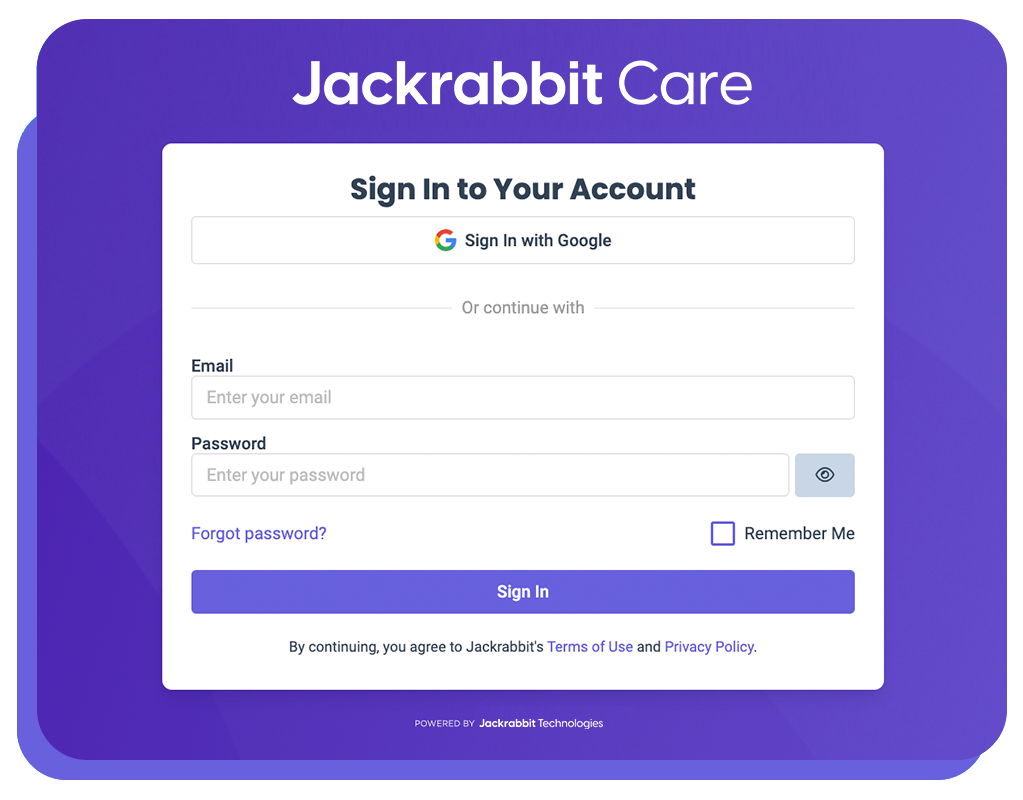In every classroom, you will find a wide variety of learning styles among your young students, whether they can fully express their preferences or not!
It’s important for an educator to create an inclusive environment that caters to every student’s unique way of learning and grasping concepts. By diversifying the methods you use to teach, you can be sure that all of your students are keeping pace and remain on the right educational track. So if you want to make sure you’re effectively reaching your students, check out these top strategies for accommodating the four predominant learning styles that can be found in the classroom.
Visual Learners
Paint them a picture! Yes, literally! Visual learners need imagery and visual aids to help them take in information successfully. If you have visual learners in your classrooms, try to do the following in your lesson plans:
Incorporate Visual Aids:
What is a visual aid anyway? Think charts, physical examples, and educational diagrams that demonstrate the concepts you’re focusing on. Don’t let the word diagram fool you though, these don’t have to be complicated, especially if your students are kindergarten or preschool aged. For example, holding different numbers of apples can be a good way to help students grasp the concept of more and less, and basic math.
Always Display Information:
Having some basics around your classroom can make for some great reference points for your students. Think about displaying the alphabet or a set of numbers that students can glance at to help them remember them and commit them to hearts
Auditory Learners
Just like the name implies, this type of learner works best when there is an audio element to their education. Turn up the volume on your lesson plan by engaging these students in the following ways:
Encourage Discussion:
Dedicate a little time in your lesson to have students talk with one another about the topic they’re learning, and ask any and all questions at the same time. Creating a dialogue can help them grasp the concepts more easily and may benefit other learners in the process.
Make Storytime More Focused:
Auditory learners will benefit the most from lessons taught via storytelling! Hearing you explain concepts and having a narrative to accompany them will help bridge the gap between memorizing and truly understanding. Be a little more selective in the books you choose to read at storytime and aim for the ones that teach values or are more academic.
Reading & Writing Learners
Reading and Writing Learners learn in maybe the most “traditional” way out of the four styles. Check out these suggestions to make sure your reading and writing learner’s accommodations are met:
Provide Reading Materials
If your students are at an age where they can read on their own, assigning them a few pages to read through is a great way to promote their learning and independence overall. If you don’t have the budget to provide books for each student, try scanning and distributing handouts of relevant materials and book pages. Encourage your students to write on the handouts too and look for shapes, letters, or vocabulary words you discussed that week!
Provide Written Instructions
This is a simple step to take, but an important part of the way these learners process information. Take the time to make sure you have written instructions included on any assignment or for projects in class.
Offer Opportunities to Write or Draw about the Lesson
Even if it’s just a few simple sentences or a picture about the book they just read, having these learners relay what they absorbed back to you can help cement the concepts in their brains. It also gives them notes to refer back to if they need to and can boost their creativity over time.
Kinesthetic Learners
These little learners thrive when hands-on activities and physical movement are in the educational mix. Try to make your lessons fun and engaging for these students with the following techniques:
Incorporate Hands-On Activities
Utilize interactive projects, experiments, and role-playing exercises in the curriculum. These kinds of activities will provide kinesthetic learners with opportunities to move their bodies and actively participate in the learning process.
Introduce Tangible Elements
Adding manipulatives like puzzles, blocks or even modeling clay to a lesson can be a fantastic way to engage with these students. Allowing that physical interaction will do wonders for their ability to learn.
Take Breaks
For Kinesthetic learners and many others, a short brain break can help restore focus and get some of their energy out! Try a little exercise or dance party, some light stretching, or spacing out your lessons to focus on new topics after recess.
If you need some help getting your little ones moving, look no further. Check us out on Spotify for an ever-growing list of playlists to help kids get hyped up, wind down, focus and more!
Want to take these accommodations to the next level? Field trips can be a great way to engage all styles of learning at some point on your outing. Think about a zoo trip, for example, students may be asked to listen to a tour guide, see and touch animals in person, and write about their experience as it happens.
Just like how there are different types of learners, every teacher has their own strengths and weaknesses when it comes to education. Even if your natural teaching style doesn’t match every student, making the effort to cater to their learning style will make a world of difference when it comes to their education. By utilizing some of these methods with all of your students, you can be sure that you accommodate every type of learning style, giving each child the same opportunities as the others.
Want to learn how Jackrabbit Care can better accommodate your Child Care center? Give us a call, and start your free trial today.


